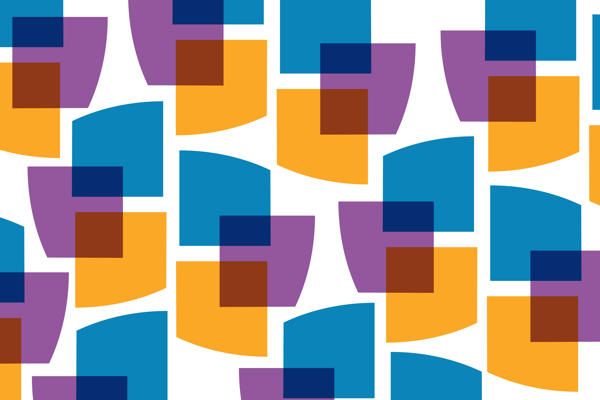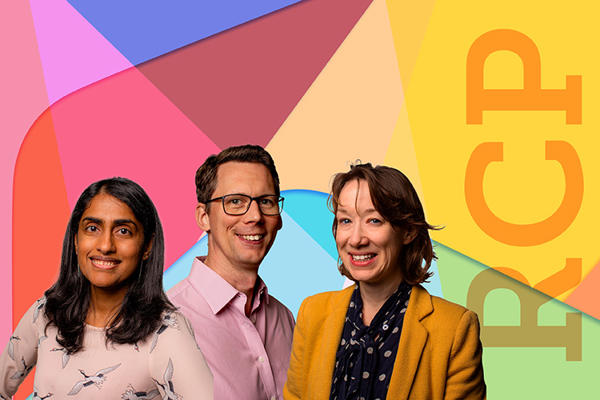In 1895 the German physicist Wilhelm Röntgen (1845–1923) published pioneering research into ‘eine neue Art von Strahlen’ (‘a new kind of rays’). Röntgen’s discovery won him the first Nobel Prize in physics in 1901 and it went on to revolutionise medical diagnosis. In English we know his new rays as X-rays, but in German and many other languages they’re still known as Röntgen radiation.
Röntgen’s article was translated into English by Arthur Stanton and published in the journal Nature on 23 January 1896. Röntgen described how he tested how transparent different materials are to X-rays:
Paper is very transparent … Thick blocks of wood are still transparent. Boards of pine two or three centimetres thick absorb only very little. A piece of sheet aluminium, 15 mm thick, still allowed the X-rays … to pass … If the hand be held before the fluorescent screen, the shadow shows the bones darkly, with only faint outlines of the surrounding tissues.
Röntgen’s discoveries caused great excitement, and a special issue of the photography magazine The photogram was dedicated to them in 1896. The cover proclaimed:
The new light and the new photography. Full particulars popularly written, of Prof. Röntgen’s Discovery. Being a special issue of The photogram. With many examples of photography through ‘opaque’ substances, wood, leather, ebonite &c., and photograph of the skeleton within the living flesh.
The photogram reprinted the translation of Röntgen’s article, along with other articles exploring, testing and contextualising Röntgen’s work. According to The photogram, Röntgen’s claim that it would be possible to photograph the structure of the human body through a person’s clothes ‘gave rise to considerable incredulity and fun at the expense of the learned professor’.

It was much harder in the 1890s to find out the details of new discoveries than it is today. News of Röntgen’s discovery reached England at first only in ‘vague and contradictory reports’, and difficulty in obtaining his article meant that ‘several experimenters have absolutely failed to obtain results’.
However, a series of photographs produced by Mr AAC Swinton illustrate that he was able to repeat Röntgen’s experiments ‘with entire success’. Today it’s easy to take X-ray imaging for granted. The illustrations in The photogram – showing human and animal skeletons as well as everyday objects – clearly demonstrate the excitement and fascination aroused by the discovery.
You can read Röntgen’s original article, the special X-rays issue of The photogram and many other reports of ground-breaking discoveries in the history of medicine in the RCP library.
Katie Birkwood, rare books and special collections librarian
Read more about our library, archive and museum collections on our weekly blog and follow @RCPmuseum on Twitter.




